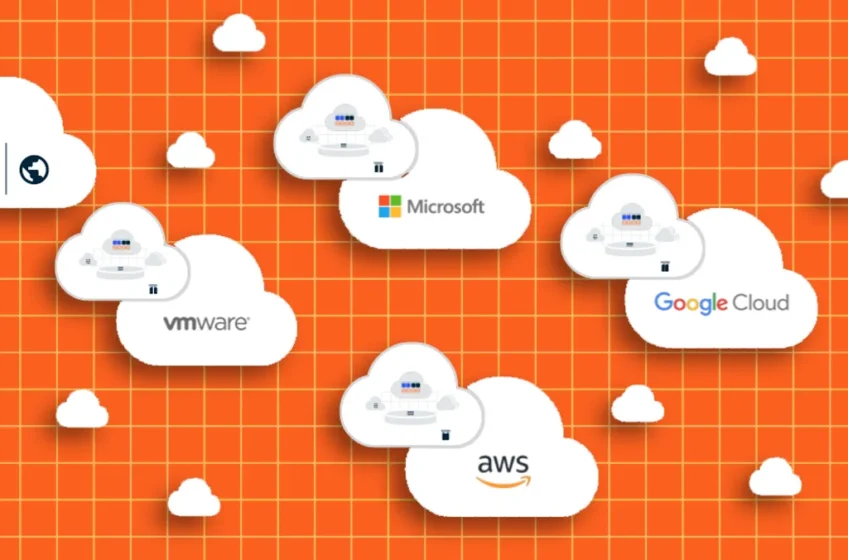Teradata, a leading data and analytics company, is making significant strides in the field of Artificial Intelligence (AI). In a recent briefing, the company unveiled its vision for the future of enterprise data platforms and its strategy to capitalize on the transformative power of AI. And it’s impressive.
Key takeaways from the briefing
- Rise of Agentic AI:
Teradata recognizes the shift towards autonomous AI agents that can proactively monitor, analyze, and take action on enterprise data. This represents a leap from passive systems to intelligent agents that can reason and make decisions. You can think of the new vector store as underpinning the coming wave of Agentic AI apps. - Open Analytics Choice:
The company is embracing the trend of open analytics, where workloads can run in the most efficient way possible, whether on-premises, in the cloud, or in a hybrid environment. This provides its customers with greater flexibility and cost optimization. - Resurgence of Hybrid Cloud:
Teradata acknowledges the importance of both
on-premises and cloud infrastructure for enterprises. Its hybrid cloud approach provides a seamless experience, allowing organizations to leverage the strengths of both environments.
Teradata’s Enterprise Vector Store: A foundation for AI
At the heart of Teradata’s AI strategy is its new Enterprise Vector Store. This innovative technology allows organizations to:
- Unify structured and unstructured data:
By vectorizing data, Teradata enables the integration of various data types, including text, images, audio, and video, into a single platform. - Accelerate AI applications:
The Enterprise Vector Store provides a high- performance foundation for AI applications, including Retrieval Augmented Generation (RAG) and agentic AI. - Drive business outcomes:
By combining the power of AI with its trusted data management capabilities, Teradata empowers organizations to gain deeper insights and drive better business outcomes.
Use cases and ROI
Teradata highlighted several major use cases for its Enterprise Vector Store, including:
- Augmented call centers:
AI-powered agents can provide faster and more accurate customer support, improving customer satisfaction and reducing costs. - Claims processing:
Vectorizing images and documents can automate and accelerate claims processing in the insurance industry. - Fraud detection:
AI algorithms can analyze vast amounts of data to identify patterns and anomalies indicative of fraudulent activity. - Regulatory compliance:
The Enterprise Vector Store can help organizations meet regulatory requirements by providing a secure and auditable platform for data management.
While the industry is still in the early stages of quantifying the ROI of AI investments, Teradata is confident that its Enterprise Vector Store will deliver significant business value by improving efficiency, reducing costs, and enabling new revenue opportunities.
Teradata’s vision for the future
Teradata’s vision for the future is centered around the concept of an Integrated Data Plane. This unified system will provide a seamless experience for users, abstracting away the complexity of the underlying infrastructure. The company’s investments in AI, open analytics, and hybrid cloud are all stepping stones towards this vision.
With its Enterprise Vector Store and its broader AI strategy, Teradata is well-positioned to lead the way in the next generation of enterprise data platforms. By empowering organizations to harness the full potential of their data, Teradata is helping to shape the future of AI-driven business.
Here’s what I like about Teradata’s approach
- They’re clearly not afraid to embrace the cloud. They’re not trying to fight it, they’re embracing it. They’re building a hybrid cloud platform that allows customers to leverage the best of both worlds.
- They’re not afraid to embrace AI.
They’re not just talking about AI, they’re building the foundation for it. Their Enterprise Vector Store is a serious piece of technology that has the potential to shake things up. - They’re focused on customer value.
They’re not just building technology for the sake of building technology. They’re focused on delivering real value to their customers.
Overall, I’m cautiously optimistic about Teradata’s future. They’re making the right moves, but they will need to execute well to succeed. I’ll be watching closely to see how they progress.
Teradata Enterprise Vector Store will provide a scalable, in-database vector solution built with NVIDIA AI. It is expected to integrate NVIDIA NeMo Retriever to provide a leading information retrieval solution with high accuracy and data privacy, enabling enterprises to generate business insights in real-time. Developers can fine-tune NeMo Retriever microservices with community or custom models to build scalable document ingestion and RAG applications that can be connected to proprietary data wherever it resides.



